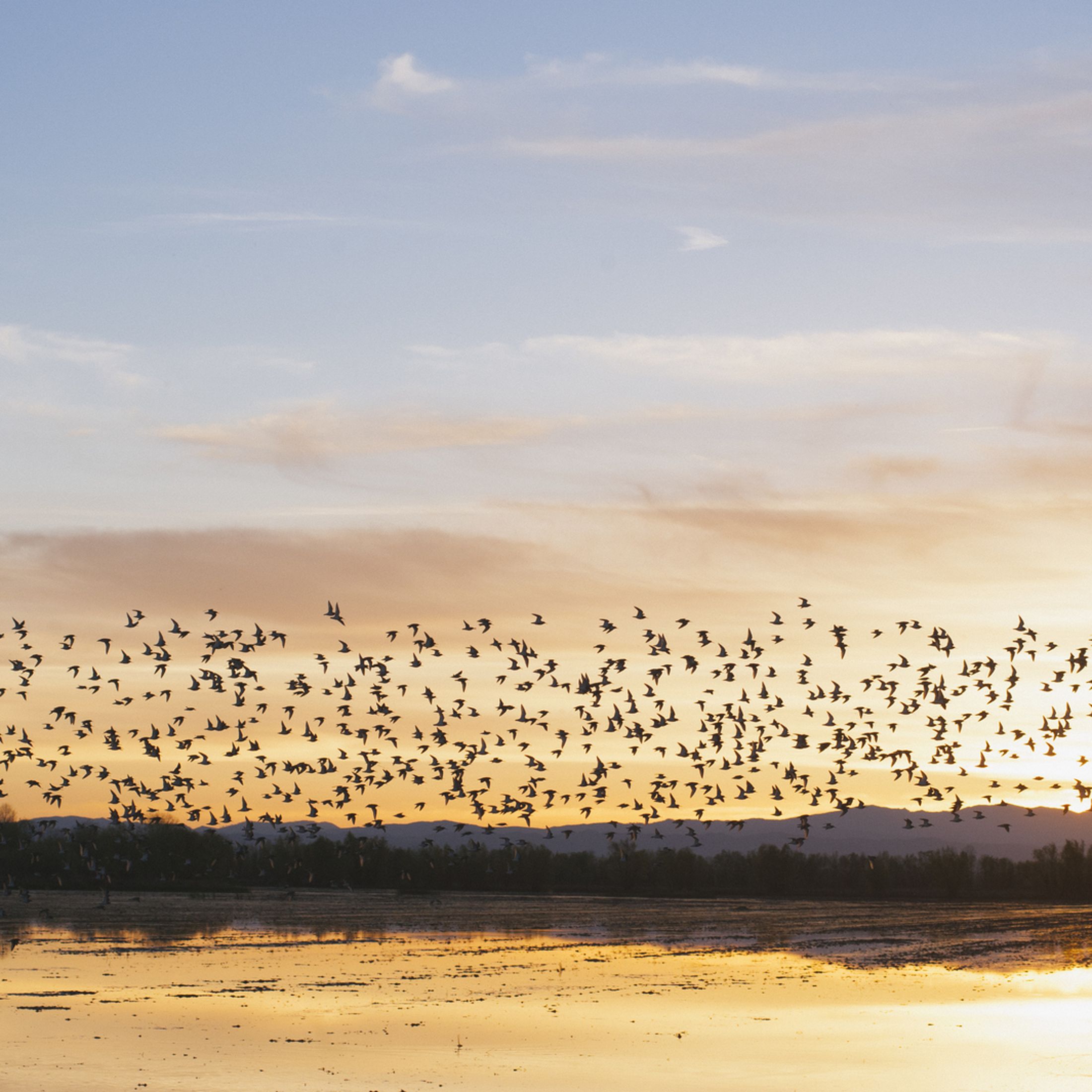
Wetlands occur in coastal areas or inland and can be fresh, brackish (somewhat saline), or saline. Examples include mountain meadows, marshes and swamps, among others. Wetlands are highly productive and support a wide range of aquatic organisms including mammals, fish, birds, invertebrates, and plants. Wetlands clean water, help protect communities from flooding, remove carbon from the atmosphere, and stabilize shorelines. In addition to these benefits, people also enjoy recreational activities such as bird watching, boating, fishing and hunting in wetland areas.
Wetlands receiving water from groundwater tend to stay wet longer throughout the year than those fed only by surface water. However, when groundwater levels are lowered, the connection to the wetland can be lost, causing water to become unavailable, and these valuable natural habitats to be lost.